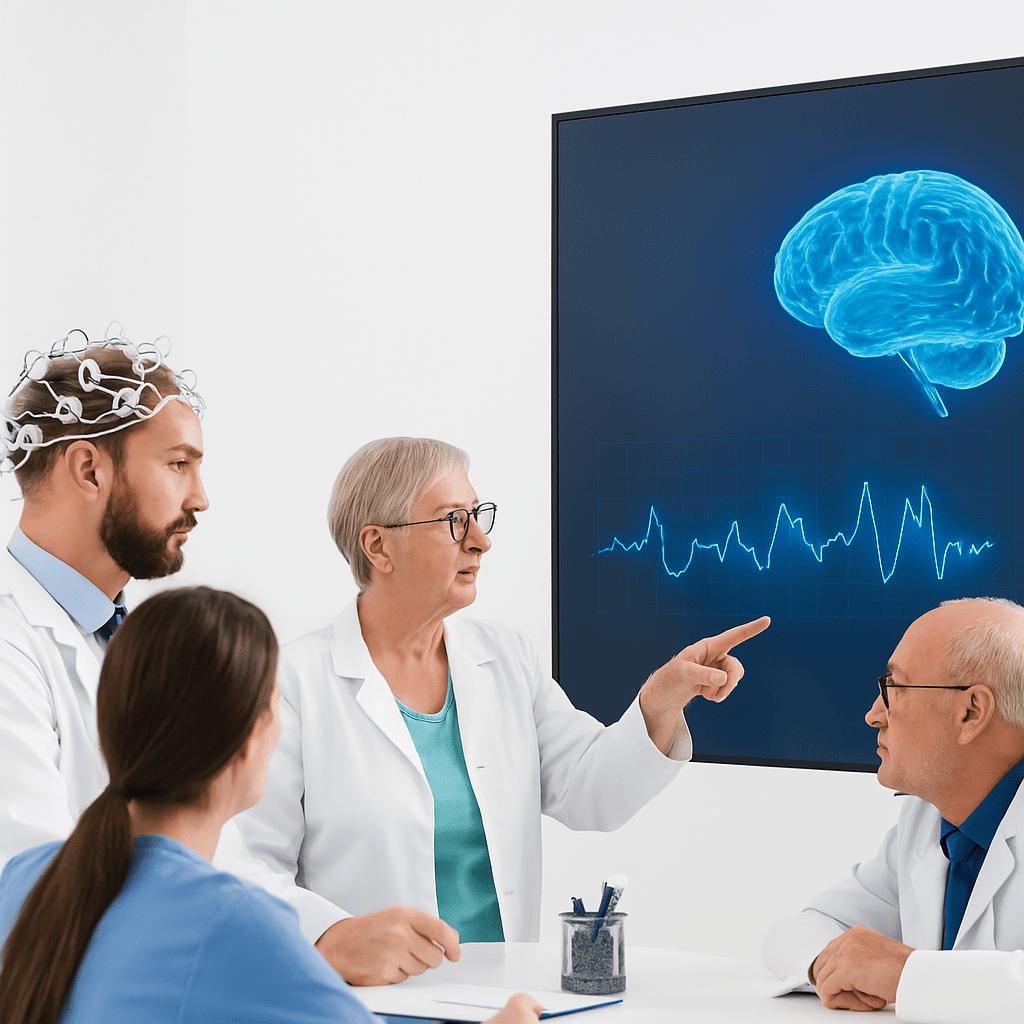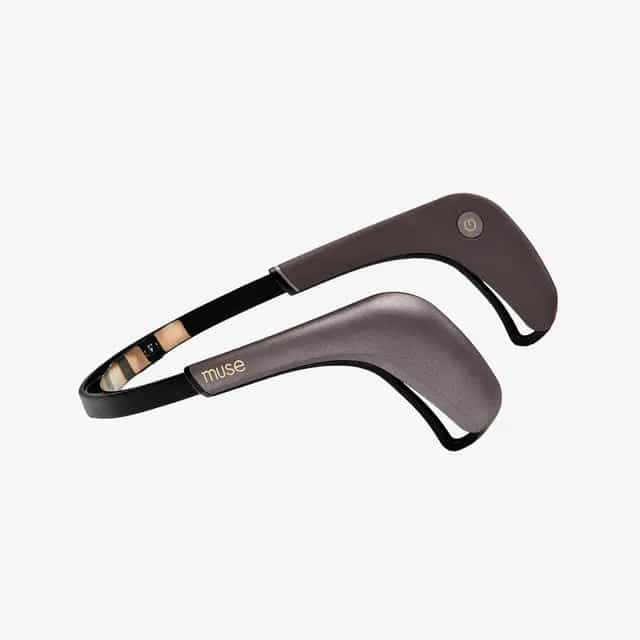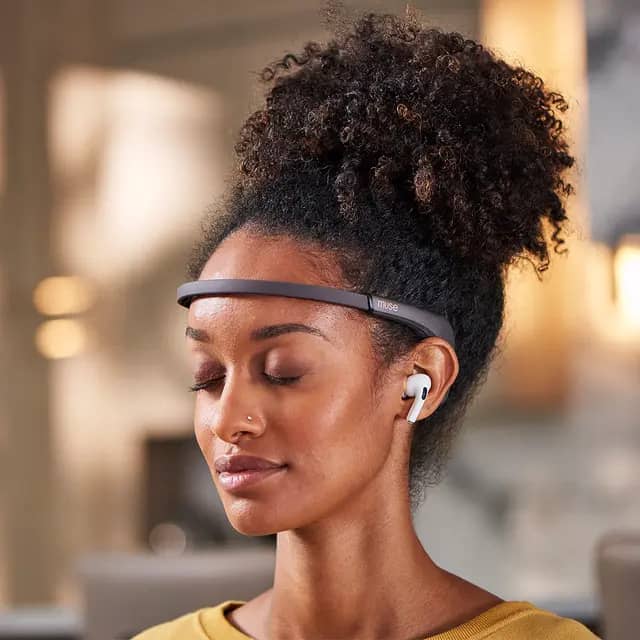How Brain Monitoring Works in MindChat
MindChat integrates with compatible neural sensing headsets like Muse 2 for non-invasive brainwave monitoring. While not a diagnostic tool, brain signals offer objective physiological data points. These can correlate with changes in mental state (like stress or mood shifts), acting as potential indicators alongside self-reports.
Important Considerations: Consumer devices like Muse are sensitive to artifacts (muscle tension, eye blinks). MindChat employs signal processing techniques, but results are most reliable under calm conditions. Brainwave patterns show correlations, not causation, and interpretation requires context. Gamma band data (>30Hz) is highly susceptible to noise on consumer hardware and should be viewed as exploratory.





